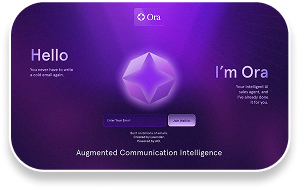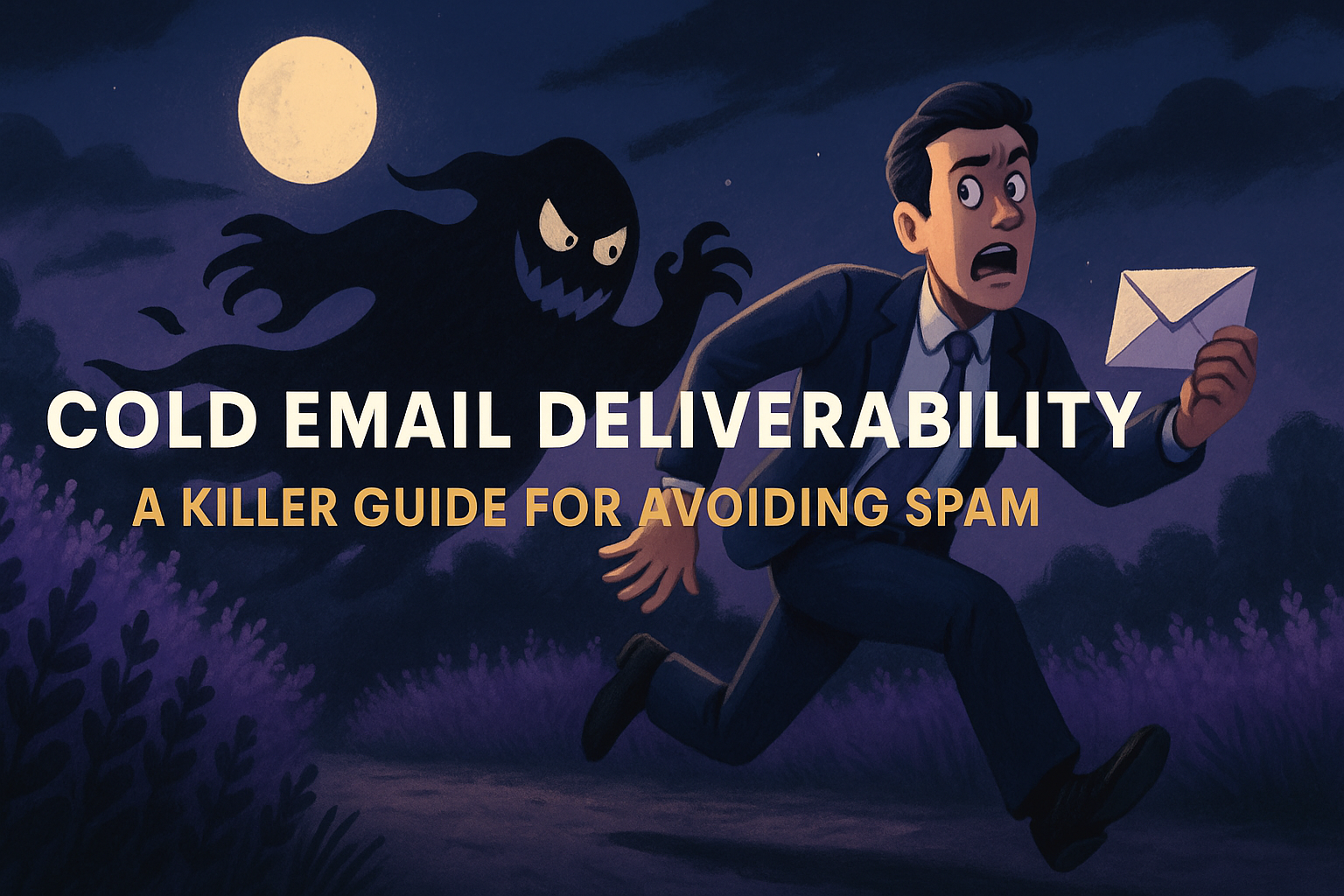How to Write Cold Email Subject Lines that Get Opens
What good is your email if no one opens it? Your subject line is key. Here's what the data says to use (and avoid) to maximize email opens.

It doesn’t matter if you write a great email if no one opens it.
And the key to getting opens is your subject line.
It’s such a vital email element, so it makes sense we tend to put a lot of pressure on it.
But you don’t need to overthink it. Writing your subject line can be the easiest part of crafting an email.
We’ll walk through tips and examples to help you master subject-line writing.
What Makes a Cold Email Subject Line Effective?
It’s pretty simple.
A subject line should be:
- A description of what’s written within the email.
- Short in length. One to two words are best according to our data.
For example, a “hoping to connect” subject line is non-descriptive and unoriginal.

Instead, your subject line should answer, “What is the topic of this email?”
You’re setting expectations for what the reader will see when they open your email.
You can set the wrong expectations if you approach your subject line incorrectly.
Here’s how to avoid this.
What Not to Use in Your Email Subject Line
When your buyer looks at their inbox, they evaluate every email through their mental spam filter.
This is a categorization process where they scan their emails to assess which they want to open, which they need to open, and which they can ignore.
They rely on the sender's name, subject lines, and preview text.
If your prospect sees your subject line and thinks, “sales pitch,” you’re fighting an uphill battle.
Avoid the mental spam filter by not using the following:
Questions
The subject line is not the place for questions. They can lower your open rate by 56%.
Emojis
Drop ‘em. 🙅♀️
Numbers
Including numbers in your subject line reduces your chance of an open by 46.33%.
Punctuation
Especially a “?” or a !” Using punctuation reduces the likelihood of an open by 36%.
Commands
E.g., “improve,” “respond,” reply”
Superlatives
E.g., “better,” “improved,” “accelerated”
Clichés
E.g., “15 minutes?” “Thoughts?” “Quick Question”
First names
Your reader knows their name. Data from Salesloft shows subject lines with first names receive 12% fewer replies.
Some examples of subject lines that will tank your open rate:
❌ Will, have 15 minutes?
❌ Struggling to get replies?
❌ 2x Reply Rates
❌ Your Sales Emails
❌ Wish you could Personalize faster?
❌ Accelerate Pipeline Coverage
Here’s what to use instead.
What to Include in Your Cold Email Subject Line
Think about the emails you send and receive internally.
They’re typically short, descriptive, and boring.
This is exactly what works best for your sales emails. It works because these are quick to read and set the correct expectations for what’s inside the email.
When we say boring, we’re talking about using a neutral tone.
Salesloft recently researched subject line sentiment and found that neutral tones received the most replies. This is because neutral = short + descriptive.
When writing a neutral subject line, think: emotionless.
.gif)
This is why we recommend not using superlatives. They tend to be emotional words.
Instead, use factual and objective words. Such as “RFP Response,” “Reply Rates,” or “Email Ramp.”
Now that you’ve got the hang of neutral tones, follow these other tips for what to include in your subject line:
- Describe what the email is about. (e.g., “Personalization Issues”)
- Use title case. (capitalizing the first letter of each word) Not using title case can reduce your opens by 30%.
- Keep it short. One to three is best. Two is optimal. Going from a two-word subject line to a four-word subject line reduces replies by 17.5%
- Remember: Make it sound like an internal email. What would you write if this email were going to a colleague? It’s typically something short and descriptive.
Here are some examples of strong subject lines:
✅ Template Revisions
✅ Reply Rate Question
✅ Personalization Issue
✅ Rep Writing
✅ Ramp
✅ Email Data Thoughts
Bonus tip: Don’t Forget Your Email Preview Text
The preview text is the real reason your email gets opened. This is the line of copy that follows the subject line in your email client.

A subject line following the above advice passes the mental spam filter. And your preview text provides additional context to inspire your reader to open or ignore.
Most email clients will display the first few sentences from your email body as the preview text. So by keeping subject lines short, you maximize the preview text shown.
This means the first two sentences in your email body are critical. If it looks like an automated message, buyers will opt out. If it showcases that the email is actually written for them and could be relevant, they’ll dig in.
These email frameworks will help you with that.
Don’t forget: you’re not the only one vying for attention in your reader’s inbox. Your subject line is the first thing they will see.
Make the most of those first few seconds and keep your subject line concise, neutral, and straightforward.
Lavender users receive in-inbox subject line suggestions and data-based recommendations in the Lavender dashboard. Try it for free today.







